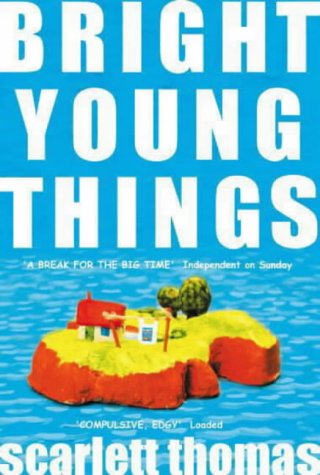Collections of short stories are a difficult thing to get right without coming across as pretentious and trying to bridge the gap between poetry and novels, but I’m happy to say that M. K. Aston has certainly cured my usual aversion to them. Each story offers a different take on the ‘twist’, which is a style that I have always loved although, once again, they are difficult to get right. As a reader it is like a form of abuse, eagerly awaiting the twist and knowing that it is going to shock and appall you, but wanting it anyway; Aston delivers this beautifully.
Each story is quite different and some even feel like they are written by a completely different author, but what they all have in common is that final twist and the subtle study of human nature. This is a subject that I could read an unlimited amount of books on, because it is so varied and so captivating and through the different styles of writing Aston really taps into this, offering a very realistic collection of stories.
Woeful and Roses opens with a story that sweeps you off your feet and into your imagination from the word go. Written through the eyes of an elderly man who we can all relate to – although we might not admit to it – End of the Line offers a realistic portrayal of the inner workings of the mind and the final, jaw-dropping twist at the end prepares readers for this style of writing. Simply put, don’t take the narrative for granted; all is not what it seems.
As with any short story collection there are always some I love and some I could take or leave. Portrait of an Angel is definitely the former and utterly heartbreaking. Although there were some seemingly unnecessary details that didn’t really add anything to the story, ultimately it all adds to the build-up and this is a very difficult thing to create. There were also some moments in other stories where the style didn’t match the rest of the story, but these were such small details that they don’t affect the overall telling of the story. I couldn’t pinpoint my absolute favourite story as they all offer so much, but Finders Weepers, Déjà Clue and Greetings from Saint Christopher were the three that truly resonated with me because they tapped into realistic fears and were told in such a personable manner.
The overall style of the book is difficult to pin down as some stories, such as Queasy Like Sunday Morning are quite different to the others, but this story in particular offered a nice break from the more serious or heartbreaking narratives and that is really needed in this type of collection. It is always difficult to review this type of book without giving away too much and ruining it for future readers. Suffice to say: it is well worth a read, but prepare for some wide-eyed-hand-over-mouth moments!




